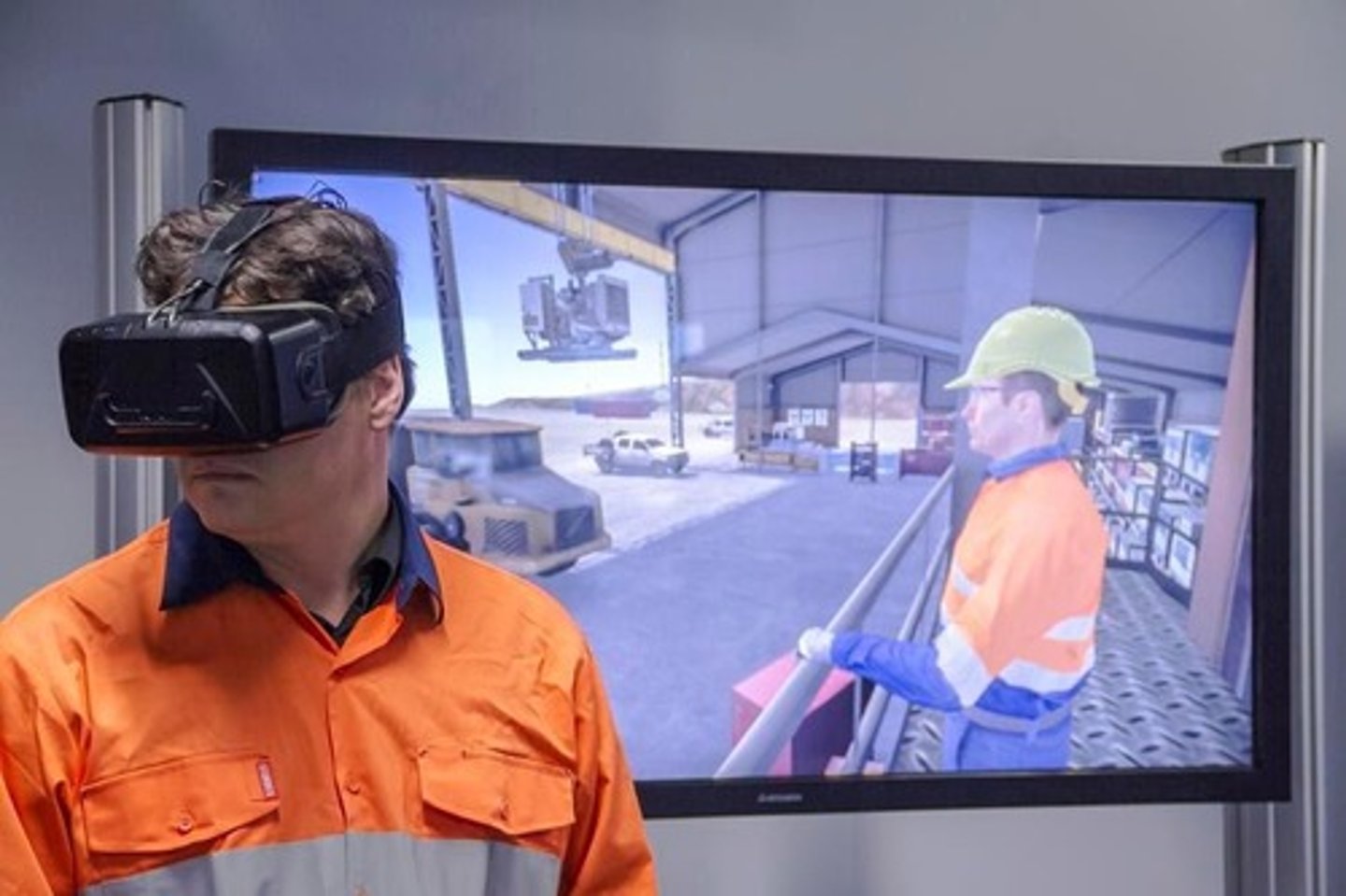Ch.10&11
1/189
There's no tags or description
Looks like no tags are added yet.
Name | Mastery | Learn | Test | Matching | Spaced |
|---|
No study sessions yet.
190 Terms
Compensation
Financial and Non-Financial rewards that organizations give employees in exchange for their work.
Employee Separation
The loss of an employee for some sort of reason.
Pay-Level Decisions
Determine whether to pay the workers below, above, or at current market value.
Job Evaluation
Determine the worth of each job by determining the market value of the knowledge, skills, and abilities needed to perform it.
Pay Variability
The extent to which employees' pay varies with individual and organizational performance.
Piecework
Employees are paid at a set rate for each item they produce.
Commission
Employees earn a percentage of each item they produce.
Profit Sharing
Company pays a percentage of its profits to employees.
ESOP
Awards employees with shares of company stock in addition to their regular compensation.
Stock Options
A form of alternative compensation where employees are given a number of shares of stock.
Rule of 72
The concept that consistently performing stocks will have earnings that double every decade.
Publix's Strategy
5% of employee's salary is supplemented with Publix's company stock, making up about 3.5 shares a week.
Hierarchical Pay
A compensation system where employees are paid based on their position or rank within the organizational hierarchy.
Compressed Pay
A compensation system where employees are paid similarly throughout the board, and those in upper management aren't paid drastically more than others.
Drawbacks of Hierarchical Pay
Brick et al. found that the more CEOs were paid, the worse they performed and the less they contributed to the company's stock growth.
Resentment in Hierarchical Pay
When CEOs are making 278x that of the average employee, workers may begin to grow resentful and wish for a pay increase.
Drawbacks of Compressed Pay
Long time employees may make the same as new hires, which can breed resentment within the workplace.
Terminating Employees
Managers and employees are both affected when they must fire someone.
Employee Warning
Employees should be warned and informed before termination.
Improvement Time
Give employees sufficient time to improve their behavior.
Counseling Employees
Managers should counsel the employee about their job performance and what consequences they may face.
Consequences of Poor Performance
Consequences include reprimand, suspension, or firing.
terminated
The act of ending an employee's contract with an employer.
Do's and Don'ts
Guidelines for conducting layoffs appropriately.
Wrongful discharge
A legal doctrine that requires employers to have a job-related reason to terminate employees.
Early Retirement Incentive Programs (ERIPs)
Programs that offer financial benefits to encourage employees to retire early.
Phased retirement
Transitional retirement before complete retirement.
Employee Turnover
Loss of employees who voluntarily choose to leave the company.
Functional Turnover
Loss of poor-performing employees who voluntarily choose to leave a company.
Dysfunctional Turnover
Loss of high-performing employees who voluntarily choose to leave a company.
Employee turnover costs
The estimated cost of employee turnover is $617 billion a year.

VoloMetrix Inc.
A system used by companies to reduce the amount of dysfunctional turnover.
Layoff communication
Conduct layoffs in person or over the phone via Skype or Zoom.
Access shutdown
Shut down access to communication systems before the layoff meeting.
Kindness and integrity
Important qualities to exhibit during the layoff process.
Counseling documentation
Keep notes from counseling sessions with employees to support termination decisions.
Cost reduction benefits
Companies benefit from cost reduction through early retirement programs.
Employee retention strategies
Companies may have to give bonuses or raise salaries to prevent dysfunctional turnover.
Layoff announcement
Do not announce layoffs on collaborative working platforms.
Layoff meeting presence
Do not meet for a layoff without a human resource representative present.
Suspense minimization
Communicate to-the-point to minimize suspense during layoffs.
Team communication
Gather remaining team members and inform them about who has been laid off.
Record keeping
Employers must document instances of rule violations or poor performance.
Layoff reasonings
Employers must ensure their reasoning for layoffs is valid and well-documented.
What is training?
Training is providing opportunities for employees to develop job-specific skills, experience, and knowledge to become better workers.
How is Virtual Reality used in training?
Some companies use Virtual Reality to help employees practice real-life scenarios.

What is the impact of typical training on employee productivity?
Typical training can lead to a 17% increase in productivity for the company.
How does training affect employee turnover?
Training reduces employee turnover and increases company profitability.
What are the benefits of retraining employees?
Retraining increases employees' productivity, confidence, and knowledge.
Why do large companies invest heavily in training?
Companies like Walmart and AT&T invest hundreds of millions to billions of dollars in training due to its significant benefits.
What is a needs assessment in training?
A needs assessment is the process of gathering data to identify the learning needs of employees to streamline processes.
What methods can be used to conduct a needs assessment?
Methods include customer complaints, surveys, and testing skills.
What are the steps in conducting a needs assessment?
1. Identify the problem and desired outcome. 2. Collect data using appropriate methods. 3. Analyze to identify skill gaps. 4. Produce training solutions. 5. Implement and evaluate the solution.

Why is performing a needs assessment important before training?
It ensures training is relevant, reduces the chance of discrimination, and helps achieve strategic goals.
What is an example of a company that needed leadership training?
Coca-Cola identified a need for leadership training.
What training method uses films and videos?
Imparting information and knowledge through films and videos illustrates problems and solutions.
What is one objective of training related to analytical skills?
Developing analytical and problem-solving skills through coaching and mentoring.
What is on-the-job training?
On-the-job training includes methods like apprenticeships and rotational training.
How is role-playing used in training?
Role-playing is used in training for healthcare workers.
What are simulations and who uses them?
Simulations, including virtual reality and games, are used by surgeons, pilots, and military personnel.
What is vestibule training?
Vestibule training is a method used for manufacturing workers.
What is a relatively new training method that can accomplish multiple objectives?
Computer-based learning is a new training method capable of accomplishing all three training objectives.
What multimedia tools are used to impart information and knowledge in training?
Videos, slides, quizzes.
What methods are effective for developing analytical and problem-solving skills?
Simulations, interactive case studies, and branching scenarios.
How do training methods encourage critical thinking?
By presenting problems with multiple solutions or outcomes.
What tools are included for practicing and changing job behaviors?
Role-playing tools, behavioral modeling videos, and feedback-based exercises.
Why is repeated practice in a low-risk environment beneficial?
It helps build confidence and shift habits.
What factors should be considered when selecting the best training method?
Number of people, cost of training, and objectives of training.
What training methods are suitable for imparting information or knowledge?
Computer-based learning, teleconferencing, apps, and web-based learning.
What is an example of a training method for developing analytical skills?
Law students engaging in case studies.
What role-playing example is used for practicing job behaviors?
Biocontainment employees role-playing by putting on/taking off protective gear.
What training methods are effective for on-the-job training?
Role-playing, simulations, and virtual reality (VR).
What has increased the popularity of online learning?
COVID-19.
What is the forecasted value of the online education market by 2025?
$350 billion.
What are some advantages of online learning for companies?
Decreased travel costs, more convenience, increased productivity, decreased employee stress, and faster than traditional methods.
What are the drawbacks of e-learning?
Not effective for changing job behavior or developing problem-solving skills, requires significant investment, and can lead to employee disinterest.
What investments are required for effective e-learning?
Computers and internet access.
What factors can affect the effectiveness of training methods?
Individual preferences and departmental needs (IT, Finance, Sales, etc.).
What was the objective of the 2017 study on training methods in organizations?
To uncover the preferred methods of training from employees in organizations.
What demographic was targeted in the study on effective training methods?
Millennials.
What is a common issue with employee engagement in training?
Training can be perceived as boring and unengaging.
What is one example of a training method that combines different objectives?
Using a mix of computer-based learning and role-playing.
What is a challenge faced by organizations when implementing e-learning?
Significant investment in technology and potential employee disinterest.
How can e-learning impact employee productivity?
It can increase productivity by providing flexible learning options.
What are the two main categories of training methods discussed in the research?
On the Job Training and Off the Job Training.
What are some examples of On the Job Training methods?
Coaching/Mentoring (1-to-1), Job Rotation, Job Instruction Learning.
What are some examples of Off the Job Training methods?
Classroom/Instructor, Simulations, Vestibule, Computer-aid/Online training.
What is the weakest preference for training among Millennials according to the study?
Self-paced learning.
What is the strongest preference for training among Millennials according to the study?
Online learning.
Why is evaluating training important?
To ensure training meets learning objectives, measure effectiveness and ROI, improve future training programs, and support business performance and accountability.
What are the four levels of Kirkpatrick's evaluation model?
Reaction, Learning, Behavior, Results.

How can effective training benefit a career?
It builds skills in analysis, assessment, and improvement, prepares individuals to lead training programs or manage teams, shows measurable growth, and makes individuals more valuable in HR, management, or project leadership roles.
What is a benefit of online learning for jobs?
Flexibility and accessibility of learning materials.
What is a drawback of online learning for jobs?
Potential lack of personal interaction and hands-on experience.
What type of learning method is preferred for training according to Millennials?
Online learning and self-paced non-traditional methods.
What training methods did the self-discussion prompt suggest considering?
Computer-based learning, teleconferencing, apps, web-based learning, case studies, coaching, mentoring, group discussions, on-job training, role-playing, simulations, and virtual reality.
What is the purpose of a Needs Assessment in training?
To identify the training needs of employees and ensure that training programs are relevant and effective.
What is the significance of showing measurable growth in training?
It demonstrates impact and effectiveness, making individuals more employable.
What is one way to improve future training programs?
By evaluating the effectiveness of current training methods.
What does the study suggest about the effectiveness of online learning in the digital age?
It encourages re-evaluation of online learning's effectiveness for job training.